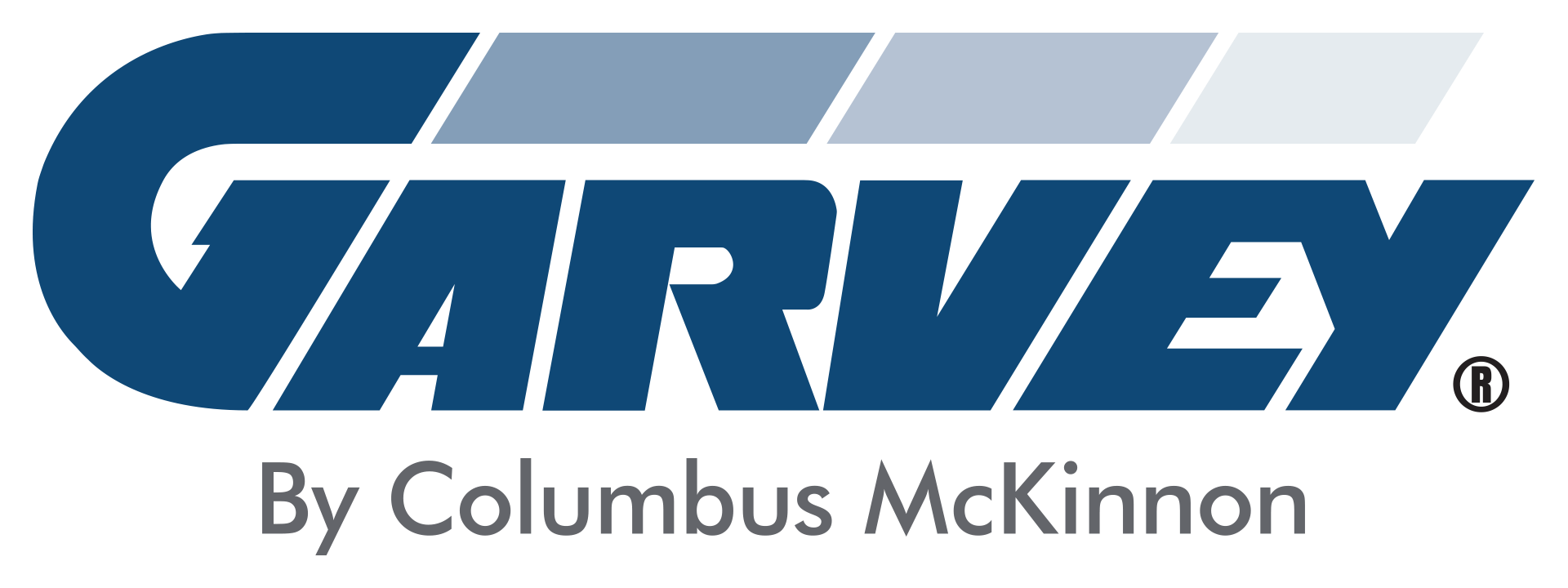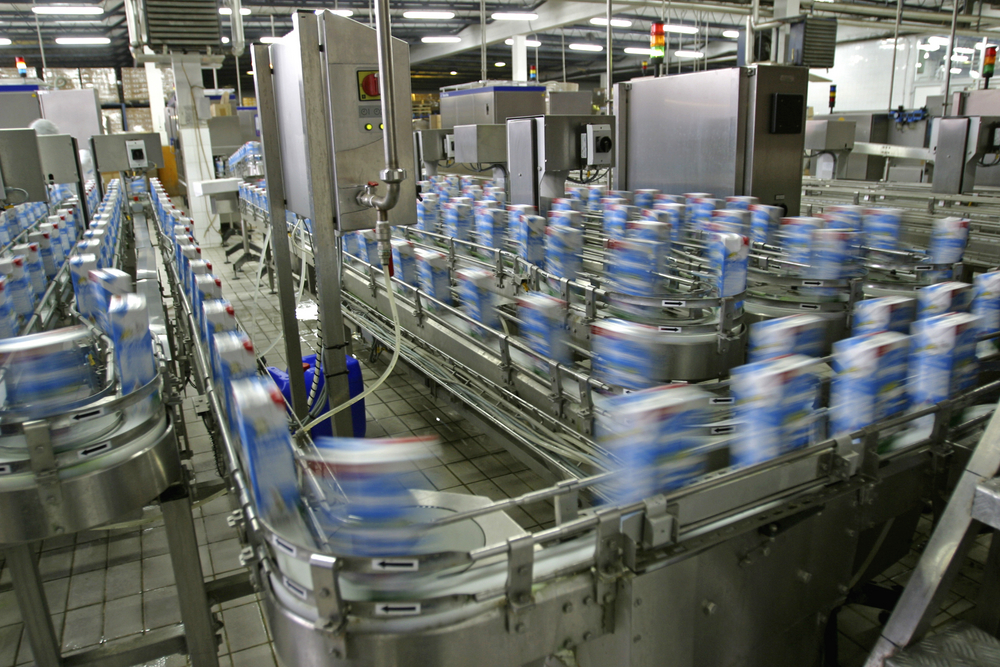A production line is a face-paced environment that requires a lot of intricate, often repetitive motions. Manufacturers are continually looking for ways to safely improve productivity and efficiency to meet and cater to growing demand and increase revenues.
There are a variety of challenges that can create obstacles for operators in managing a production line. However, some common production line issues can be avoided. Let’s touch on prevalent production line problems and actions manufacturers can take to prevent them.
Staying Current With Consumer Trends
From buying online to shopping in the grocery store, it’s not just the product inside that counts. The packaging is just as important. The online shopping boom has sparked the development of lightweight, economical packaging to manage costs for shipping purposes.
Consumers are also increasingly conscious of the packaging used in everyday products too. According to the McKinsey report, shoppers say the following packaging attributes are important to very important when choosing a product:
- Hygiene and food safety: 77%
- Shelf life: 67%
- Ease of use: 61%
- Environmental impact: 43%
Also, consumers state they are more brand loyal now than before the pandemic. Nearly 85% of consumers say they are more likely to become loyal to a brand that aligns with their values. So, if your product and packaging exceed your customer’s expectations, it can drive sales and customer retention in the long run.
- Listen to your customer base, and what aspects of your product and packaging resonate or don’t. You can read your reviews online, check-in with your sales team, or directly ask your customers for feedback.
- Focus on product safety and labeling. Traceability is critical for food packaging to support freshness and safety protocols. Additionally, labeling can help with marketing initiatives, delivering branded messages, facilitating cross-promotions, and ensuring timely product delivery.
- Increase your sustainability practices. You don’t have to do everything at once, but take steps toward eliminating unnecessary packaging, increasing the use of recycled materials, and being transparent about your efforts to your customers.
Worker Retention
One of the most pressing challenges manufacturers face is finding skilled labor. According to The Manufacturing Institute and Deloitte Consulting LLP, 22% of the workers in manufacturing will be retiring soon in the next decade. While automation can help, people will still be needed to manage the production line.
You can help employee growth and retention in different ways. Below are just a few examples.
- Focus on training and safety. Train new employees and stay up today on workplace safety regulations. It is crucial to review your training process and inspect your production line to ensure your equipment is up-to-date.
- Create training programs to help onboard new employees and foster educational efforts. Some companies offer scholarships to individuals studying business management or relevant courses.
- Develop additional
Keeping up with Technology
Many manufacturers seek ways to incorporate technologies into their production line that increase quality, improve efficiencies, and reduce energy usage. These innovations need to be included while keeping budgetary needs and current equipment in mind.
The best way to approach implementing technological changes to your production is to start by inspecting your current workflow. Having a baseline for how your operation is currently run will help pinpoint areas of improvement. This is best done by performing a line analysis, and there are consultants that can help.
Here are the three areas you should focus on in your evaluation.
- Labor – Inspect how clearly your staff understands their objectives. Do you have enough positions filled, and efficient managerial support to stay on top of projects?
- Equipment – Analyze your equipment, and confirm it meets your current needs. Is everything in good condition and are you recording maintenance?
- Processes – Ensure that all operations are mapped, and understood by operators. Note where pain points and bottlenecks are occurring during production.
Are you interested in reviewing your process to create a strategy to improve your production line for the future? Contact us to get started.




